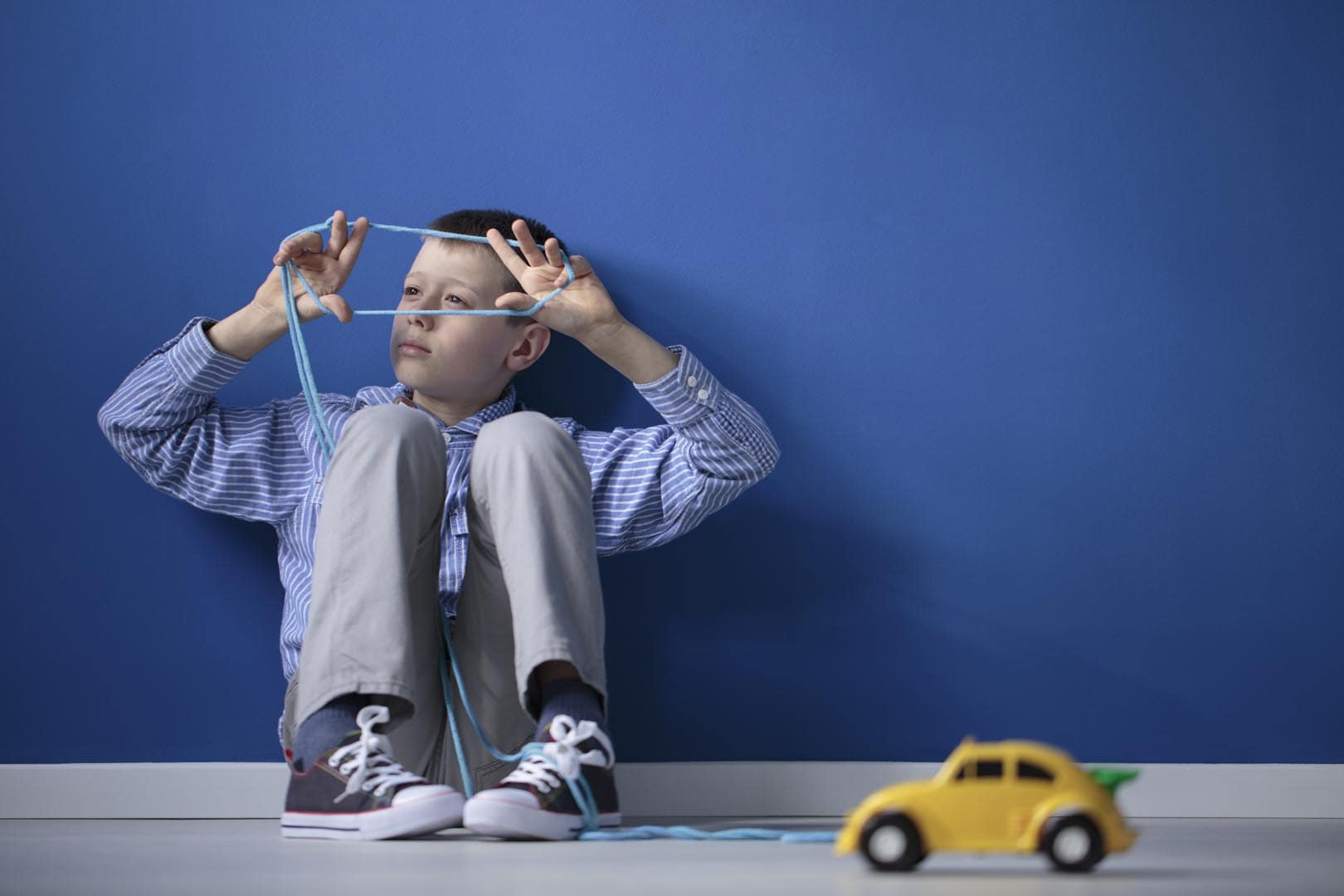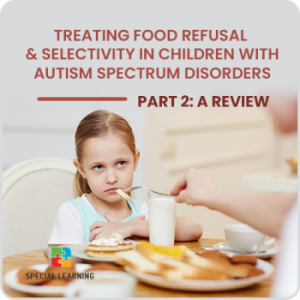Causes of Autism
There are many theories regarding the cause of Autism Spectrum Disorder, but currently, none that have been proven to be the sole cause to promote abnormalities in brain development (with one exception – the rare disorder called Rett’s Syndrome has been proven to be caused by a specific genetic mutation).
The most common theory supposes that there is no single cause for ASD, but rather a combination of things that co-occur to create complex neurological disorders. But not everyone agrees and there is turbulent controversy regarding this topic. Some people are deeply passionate in their assertion that one particular factor such as lead and mercury poisoning or preservatives in vaccines is the reason ASD is rising more rapidly than any other mental disorder among children.
Genetics
While genetics doesn’t account for all cases of autism, it is certainly a factor. Studies have shown that parents who have ASD or have family members with ASD are far more likely to have children with ASD, and if two parents have one child with ASD the chances of the same couple having another child with ASD increases dramatically. Also, various studies have identified non-inherited or ‘spontaneous’ genetic mutations present in certain children with ASD.
Prenatal Environment
Since genetics cannot account for all cases of ASD, it is commonly assumed that environmental causes will ultimately account for the remaining cases. Central among these is the prenatal environment, which may affect a pregnancy during the critical first eight weeks of conception. These include:
- Teratogens – Environmental agents are known to cause birth defects. Examples are thalidomide, valproic acid or misoprostol; or rubella infection in the mother.
- Pesticides – There are instances of autism in children conceived near farm fields that use organochlorine pesticides such as dicofol and endosulfan. A relatively small number of cases where children with ASD can be proven to have been conceived under these conditions and a small control population to compare against making further studies connecting pesticides with autism challenges.
- Folic Acid – An untested hypothesis proposes that Folic Acid might play a role in autism due to its modulation of gene expression through an epigenetic mechanism.
- Fetal Testosterone – One project has published several reports suggesting that high levels of fetal testosterone could produce behaviors relevant to those seen in autism. This remains a controversial theory.
- Ultrasound – A study conducted in 2006 showed that sustained exposure of mouse embryos to ultrasound waves caused a small but statistically significant number of neurons to fail to acquire their proper position during neuronal migration.
Perinatal Environment
A 2007 review of risk factors found associated obstetric conditions that included low birth weight and gestation duration, and hypoxia during childbirth.
Postnatal Environment
MMR Vaccine – One of the most controversial hypothesized causes of autism. A “study” conducted by Andrew Wakefield and 12 others linked the use of the vaccine in infants with ASD. The entire study was later discovered to have been fraudulently altered by Wakefield in order to support his claims. Recent studies have verified this theory as a fallacy and that there is no connection between the MMR vaccine and ASD.
Leaky Gut Syndrome – The controversial Wakefield et al. vaccine paper also suggested that some bowel disorders may allow antigens to pass from food into the bloodstream and then contribute to brain dysfunction.
Viral Infection – Viruses have long been suspected as triggers for immune-mediated diseases such as multiple sclerosis but showing a direct role for viral causation is difficult in those diseases, and mechanisms, whereby viral infections could lead to autism, are speculative.
Oxidative Stress – This theory hypothesizes that toxicity and oxidative stress may cause autism in some cases by damaging Purkinje cells in the cerebellum after birth. It has been suggested that glutathione is involved.
Amygdala Neurons – It is theorized that the amygdala’s involvement in social knowledge and social cognition and the deficits in this network are instrumental in causing autism.
Vitamin D – This theory is not backed by scientific study. It is hypothesized that autism is caused by vitamin D deficiency and that recent increases in diagnosed cases of autism are due to medical advice to avoid the sun.
Lead – Lead poisoning has been suggested as a possible risk factor for autism, as the lead blood levels of autistic children have been reported to be significantly higher than normal.
Mercury – This theory hypothesizes that autism is associated with mercury poisoning, based on some similarities of symptoms
Other Disproved Theories
Other Psychogenic Theories
Television Watching
Refrigerator Mothers – A theory that was popular during the ’60s, it was theorized that a cold mother’s bad parenting skills caused trauma to the child, which caused autism. This was later disproved by Leo Kanner, the same person who identified autism.
References:
Deer, B. (2011, January 5). How the Case Against the MMR Vaccine was Fixed. Retrieved March 18, 2011, from BMJ (Website of the British Medical Journal): http://www.bmj.com/content/342/bmj.c5347.full
Copyright © by Special Learning Inc. All right reserved.
No part of this article may be reproduced in any manner whatsoever without written permission except in the case of brief quotations embodied in critical articles and reviews. For information, contact Special Learning Inc., at: contact@special-learning.com








